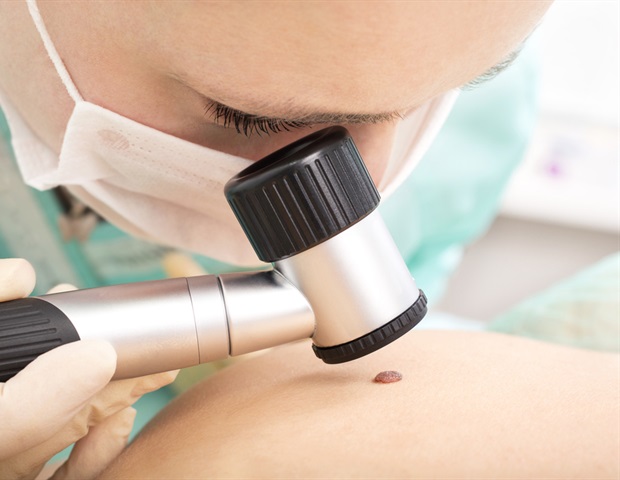An algorithm can help healthcare professionals recognize which patients have a highly aggressive form of basal cell carcinoma (BCC) of the face. These are the findings of a study conducted at the University of Gothenburg. If more BCCs are correctly identified as high-risk, the patients can directly receive the most effective treatment.
BCC is the most common form of skin cancer. The cancer type grows slowly and almost never spreads to other parts of the body. Most of the BCCs all are cured, but without treatment, highly aggressive forms can grow infiltratively and cause significant morbidity for affected patients.

It is a growing cancer type, with 70,000 new cases confirmed in Sweden in 2021. The study includes clinical as well as dermoscopic images obtained at the Department of Dermatology and Venereology at Sahlgrenska University Hospital. Images of nearly 300 patients with confirmed facial BCC were analyzed.
These images were then reviewed by six independent experienced dermatologists who were asked to interpret the observed clinical and dermoscopic findings in each case. These findings were subsequently used as the basis for the development of a clinical algorithm that serves to discriminate between low and more aggressive types of BCC. The study pinpointed that the BCCs with a bumpy surface had a strong association with high-risk subtype of BCC.
Moreover, poorly defined borders, and presence of a lighter area (often called "white porcelain area") were also associated wit.























